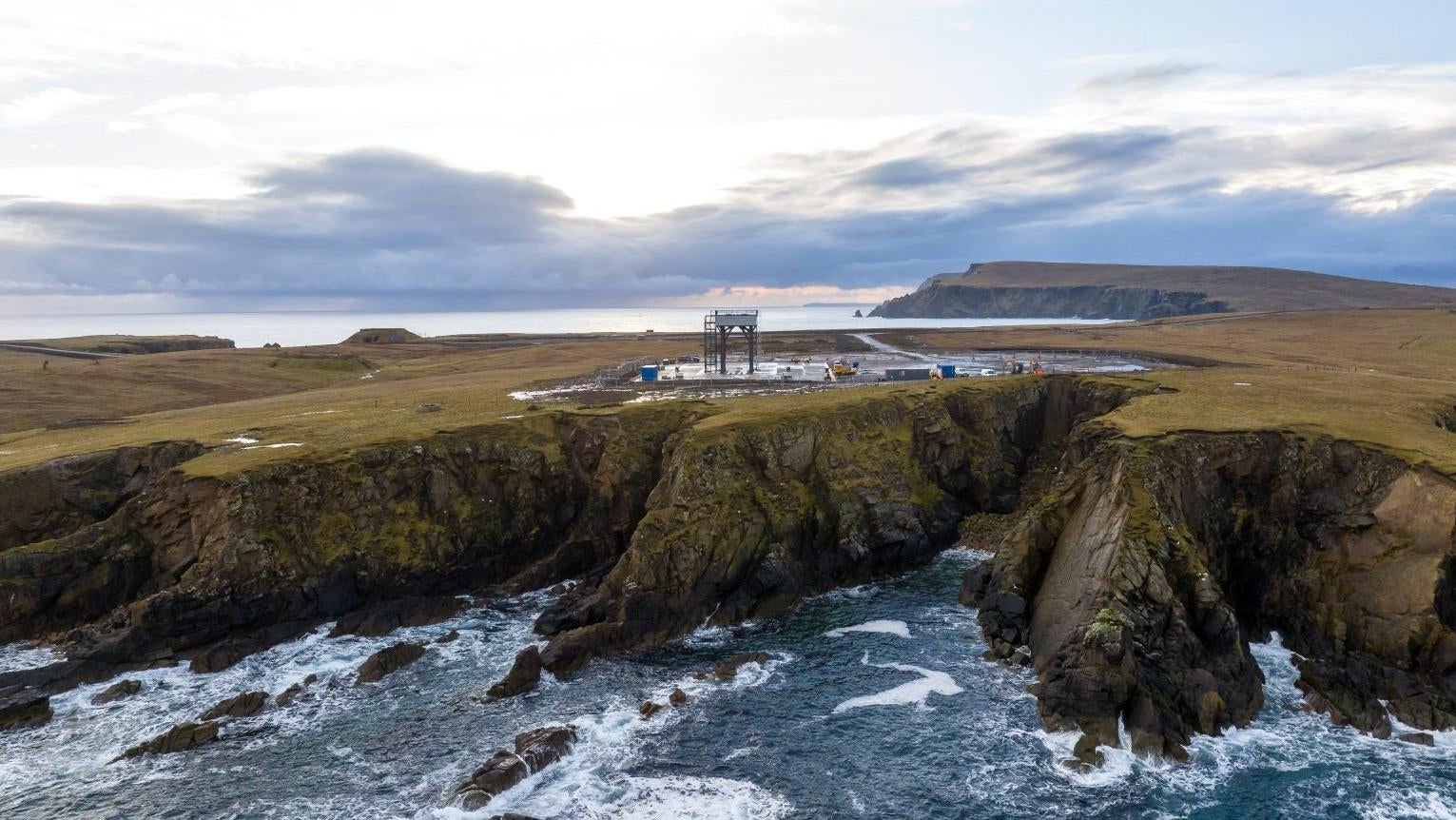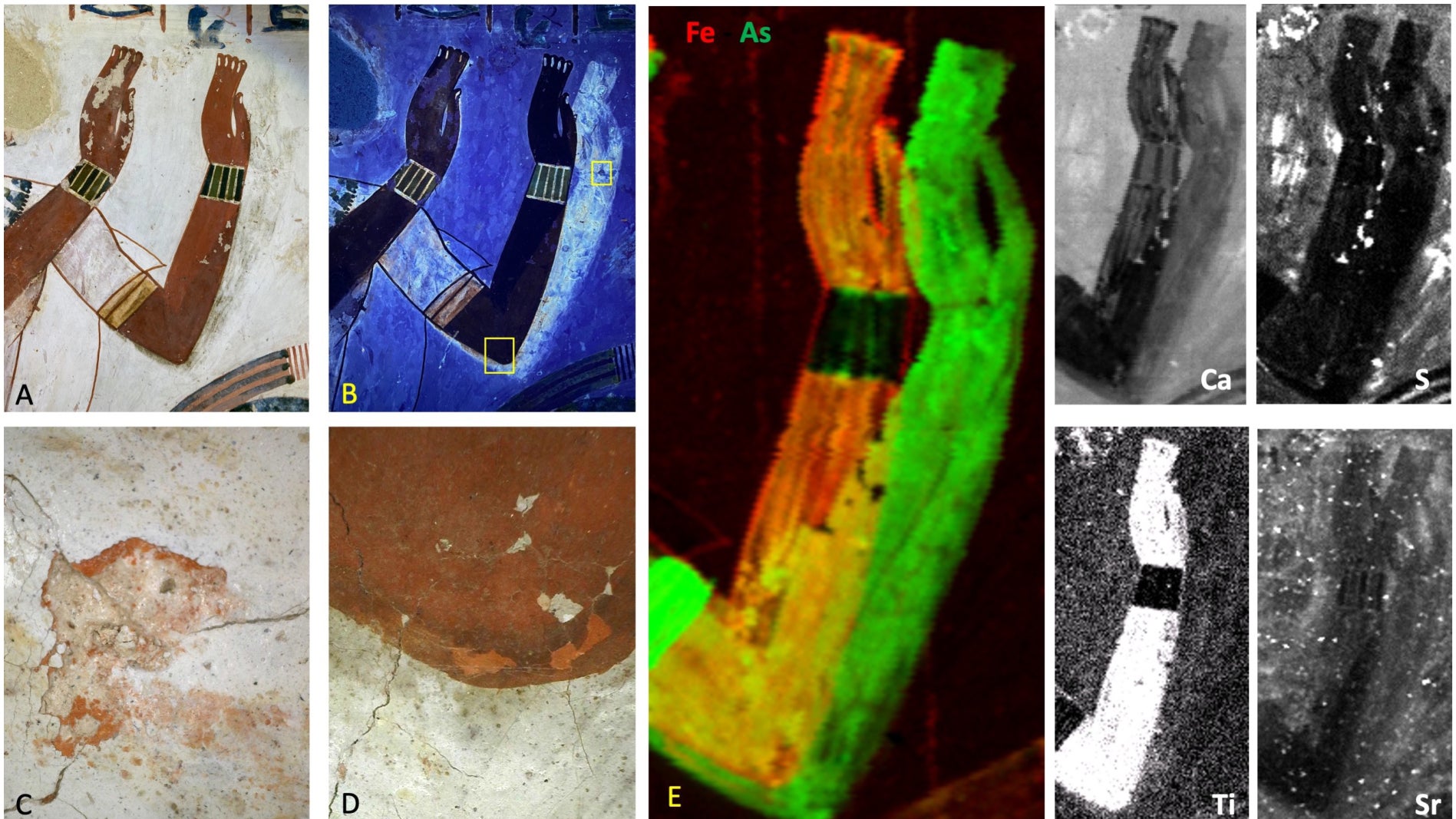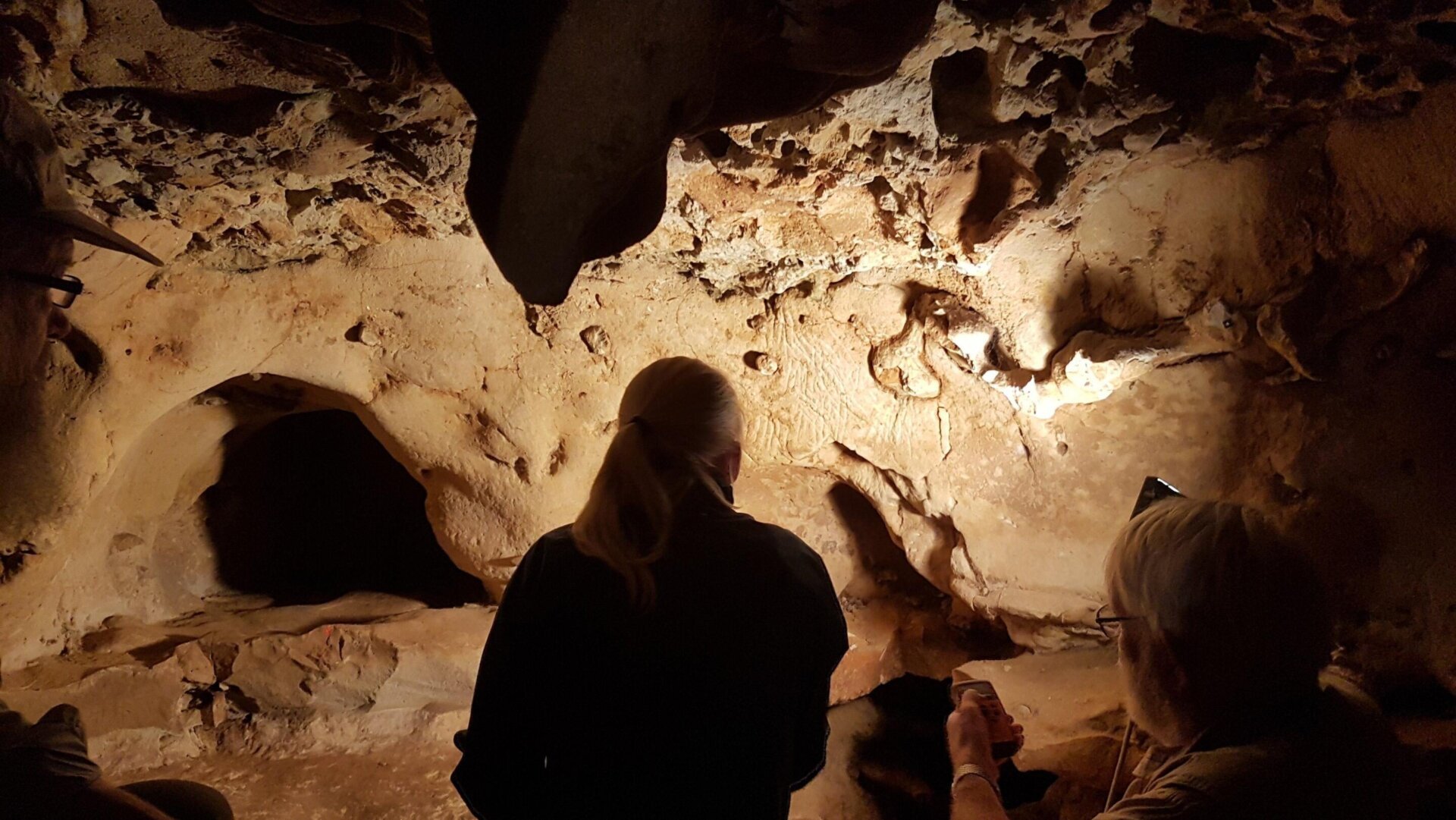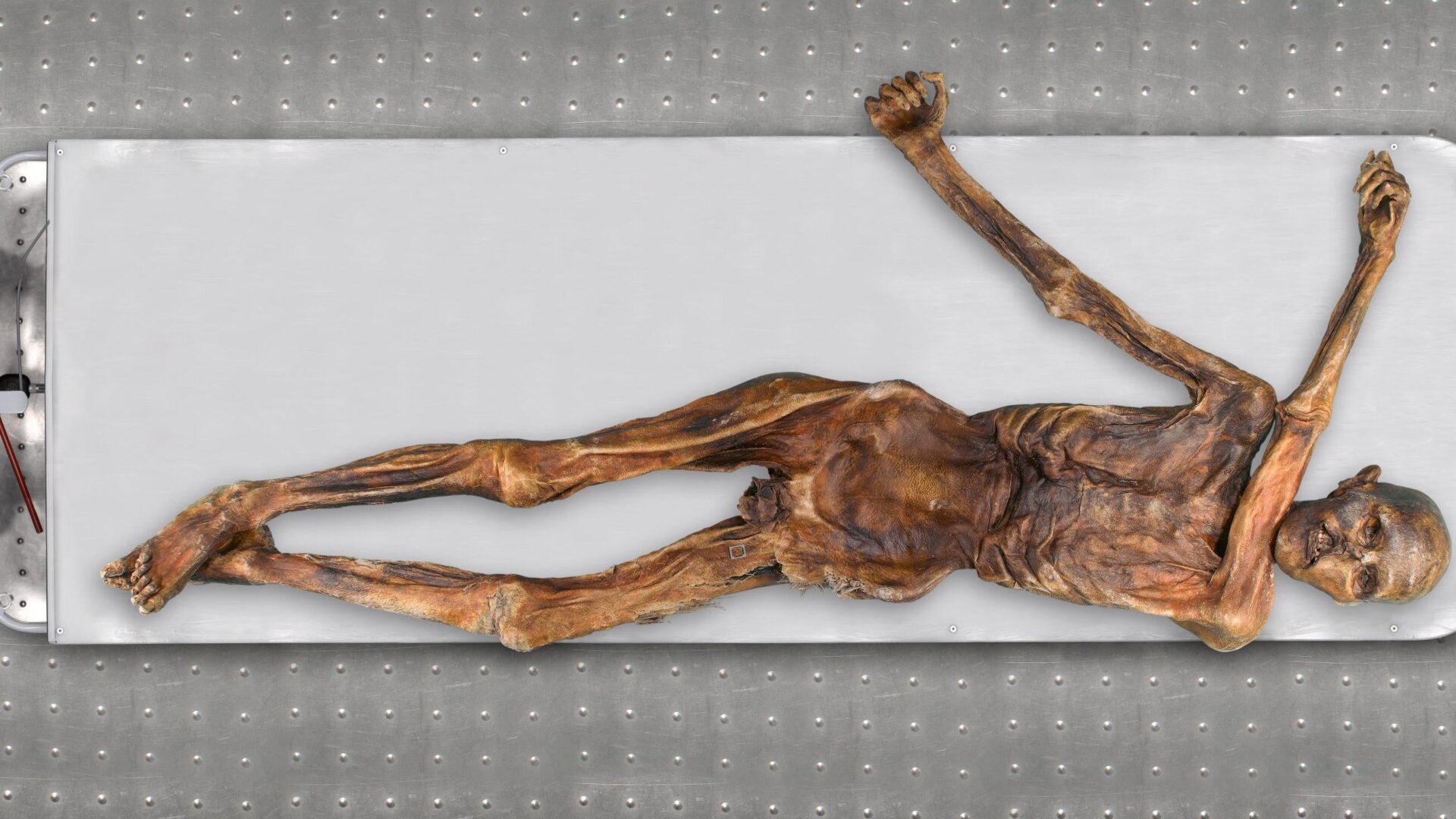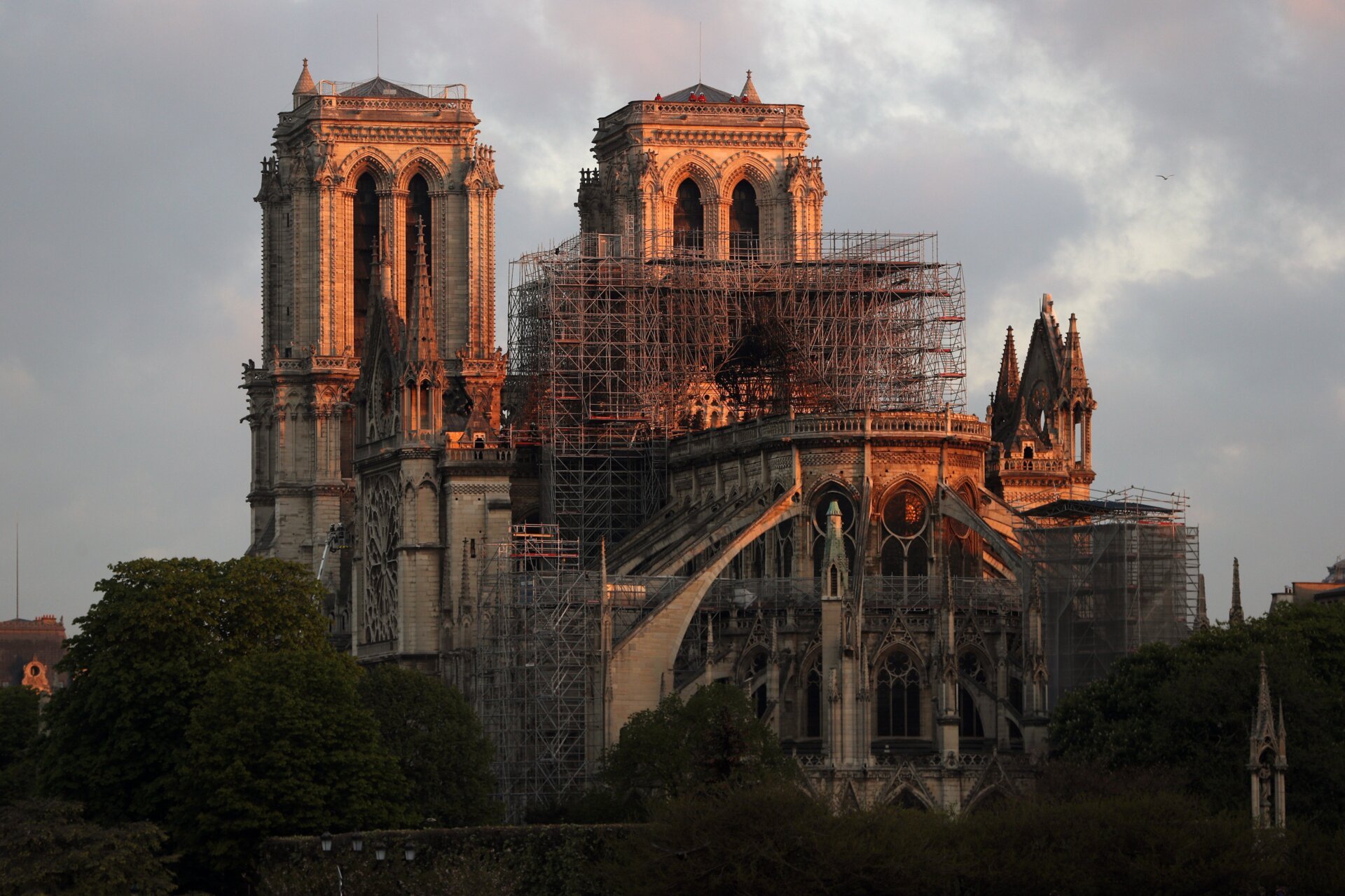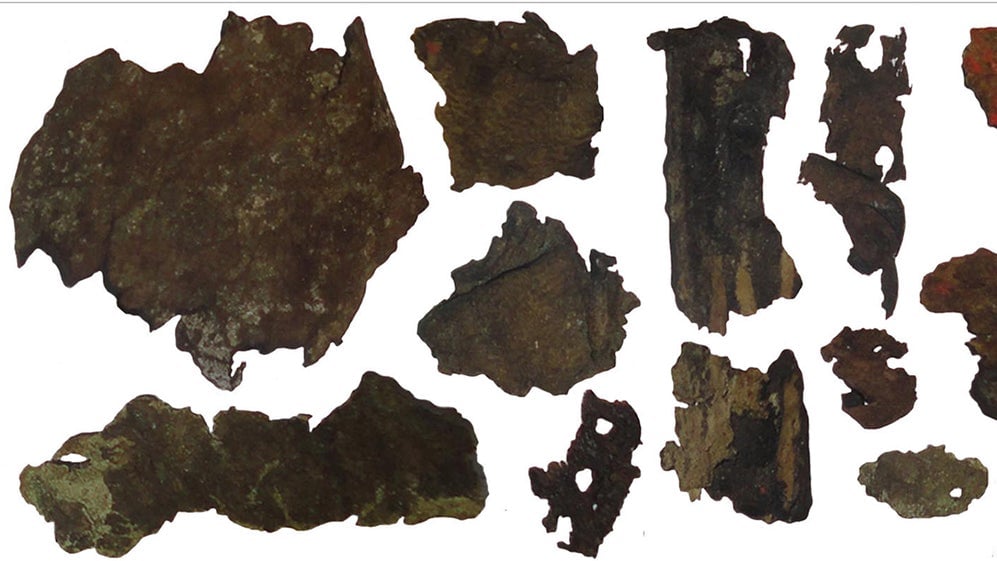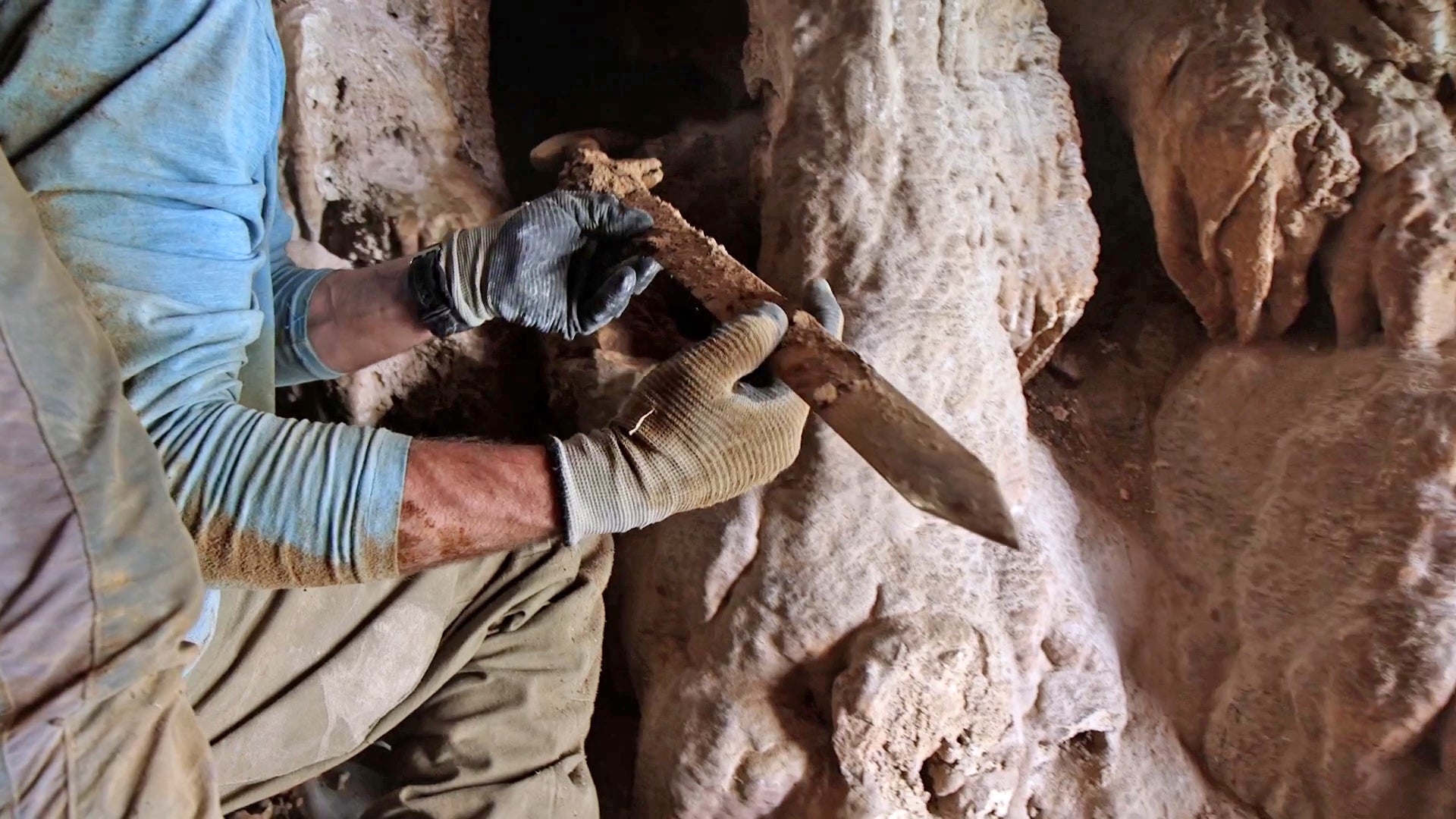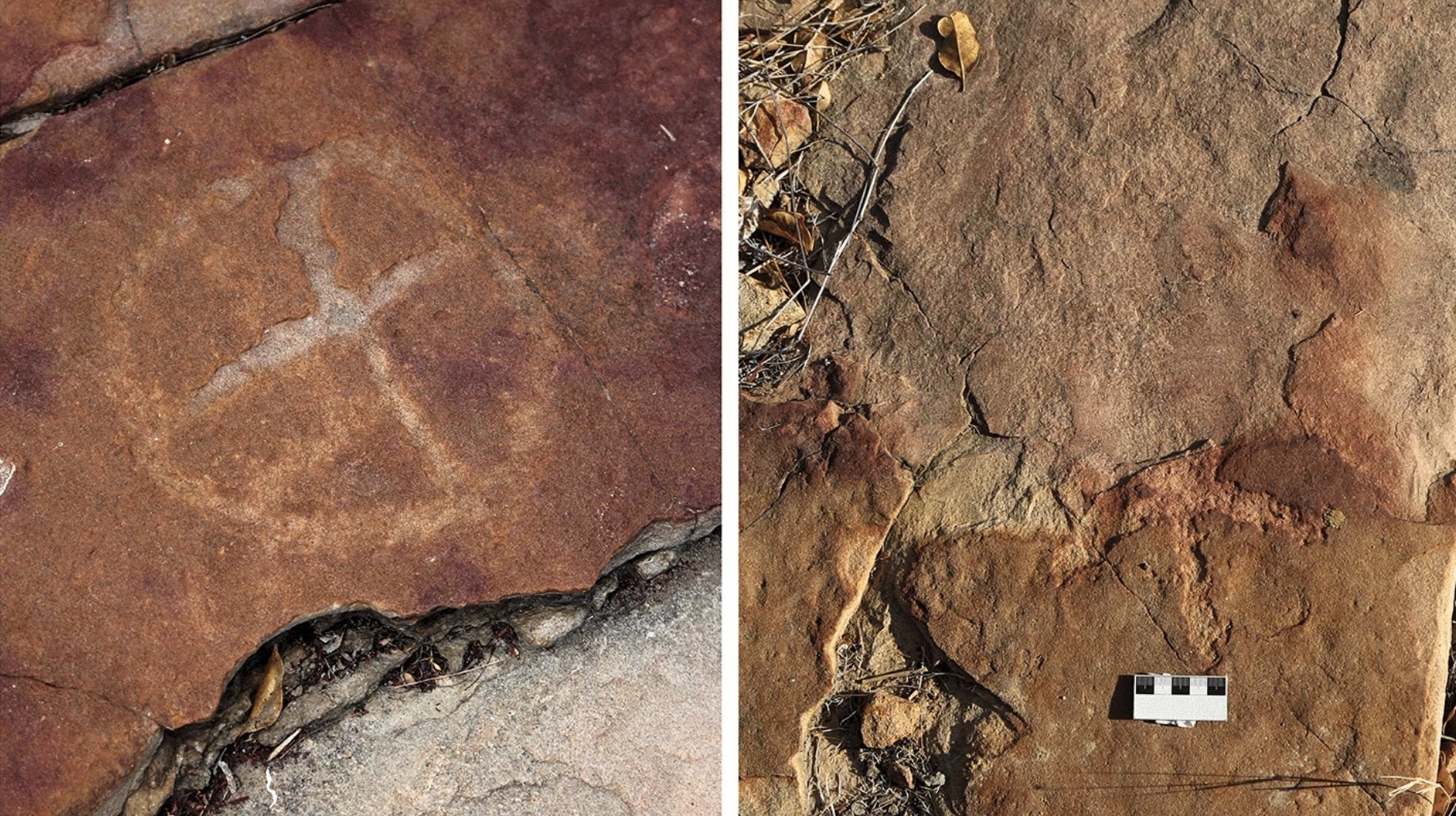Construction workers preparing a rocket launch site at SaxaVord Spaceport on Unst, Shetland, the UK’s northernmost inhabited island, unearthed an unexpected find: a Bronze Age cremation cemetery. The discovery, made during groundwork for the launch pad, consists of a collection of stones, pits, and burnt bones, suggesting ritualistic practices.
Unst’s Ancient Past Meets Future of Space Exploration
SaxaVord Spaceport is developing a ground station with antennae to support satellite operations, alongside the rocket launch site where the Bronze Age discovery occurred. AOC Archaeology is assessing the site, and according to SaxaVord, the find won’t affect the ongoing construction.
A Ritualistic Complex?
Katie O’Connell, part of the AOC Archaeology team, told the BBC that the number and density of cremations indicate the site was likely a dedicated cremation cemetery, potentially used over an extended period. While excavations are preliminary, the arrangement of large stones, pit alignments, and a quartz setting, in conjunction with the cremated remains, suggests the possibility of a larger ritual complex.
Spaceport Development Continues
Despite the archaeological discovery, development of the spaceport continues. The site is intended to launch small satellites into low Earth polar and sun-synchronous orbits, mirroring the satellite operations managed by the spaceport’s ground station network. Planning permission for the spaceport was granted in February 2022, and the first launch, in partnership with Rocket Factory Augsburg AG, is scheduled for the end of 2023.
Bronze Age Discoveries Across Britain
This discovery joins a growing list of Bronze Age finds across Britain, highlighting the era’s remarkable preservation, especially in waterlogged environments. The Must Farm settlement, incredibly well-preserved after a fire and subsequent submersion in a river, provides a glimpse into Bronze Age life. A 4,000-year-old coffin discovered in a Grimsby golf course water hazard in 2021 further exemplifies such preservation. Even the earliest cases of plague in Britain were identified in Bronze Age remains found in Somerset and Cumbria earlier this year.



